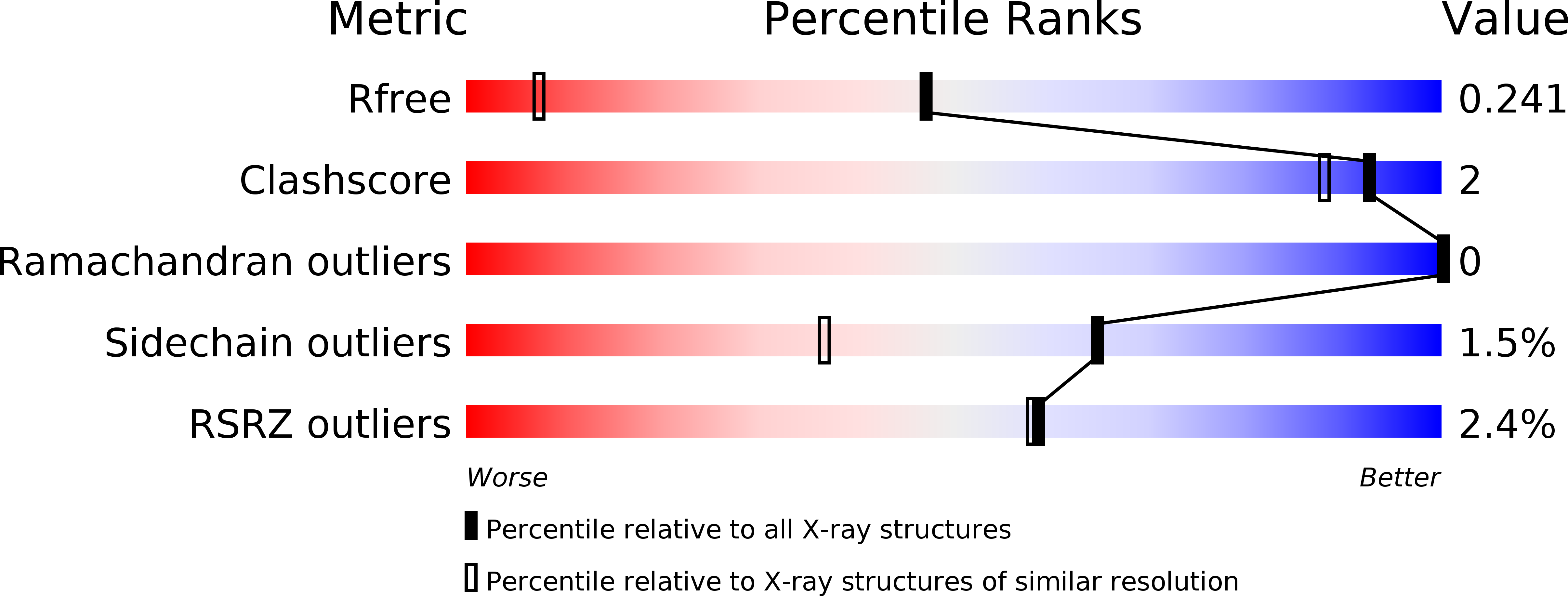
Deposition Date
2014-12-23
Release Date
2015-04-22
Last Version Date
2023-09-27
Entry Detail
Biological Source:
Source Organism:
Ignisphaera aggregans (Taxon ID: 583356)
Host Organism:
Method Details:
Experimental Method:
Resolution:
1.39 Å
R-Value Free:
0.23
R-Value Work:
0.17
R-Value Observed:
0.17
Space Group:
P 2 21 21


